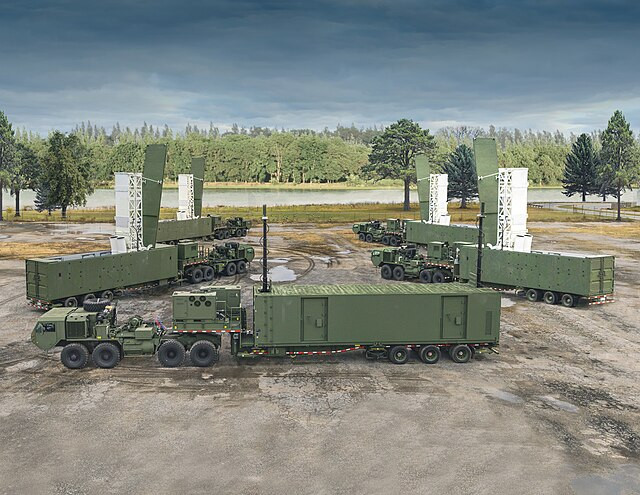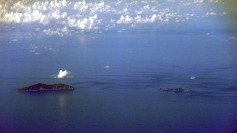The United States has no immediate plans to withdraw the Typhon mid-range missile system from the Philippines, despite mounting Chinese opposition and increasing regional tensions. Originally deployed for joint military exercises between the U.S. and the Philippines, the system remains in place, raising concerns in Beijing as it faces a potential escalation of geopolitical confrontation.
According to sources familiar with the situation, the Typhon's presence in the Philippines is part of a broader U.S. strategy to test the feasibility of its use in the event of a regional conflict, Reuters Reported.
The deployment of the Typhon system, which can launch cruise missiles capable of targeting Chinese positions, underscores the Philippines' growing strategic importance for the U.S. in the Indo-Pacific. Located near the Taiwan Strait, the Philippines would play a critical role in any U.S. military effort to support Taiwan in the event of a Chinese attack. The proximity of the missile system to this flashpoint has led to heightened tensions in an already volatile region.
China has been vocal in its condemnation of the deployment. Lin Jian, a spokesperson for China's foreign ministry, expressed Beijing's concerns, stating, "It seriously threatens the security of regional countries and intensifies geopolitical confrontation." Both China and Russia have accused the U.S. of fueling an arms race in the region, while tensions in the South China Sea continue to escalate with frequent maritime confrontations between China and the Philippines.
The Typhon missile system, brought to the Philippines in April for exercises such as Balikatan 24, was expected to be withdrawn by September. However, recent developments suggest it may remain in the country indefinitely. Colonel Louie Dema-ala, a spokesperson for the Philippine Army, confirmed that training with the system is ongoing, and its future deployment is up to the discretion of the U.S. Army Pacific. According to Philippine officials, the system's presence serves both practical and strategic purposes, including the potential for its use in conflict situations.
"The missile system remains a deterrent," said a senior Philippine government official who spoke on the condition of anonymity. "We want to give them sleepless nights," the official added, referring to China. The system is located on the northern island of Luzon, facing the South China Sea, and its proximity to Taiwan makes it a key component of U.S. defense plans in the region.
The U.S. has been rapidly expanding its anti-ship capabilities across the Indo-Pacific as it races to close the gap with China's more advanced missile arsenal. According to government documents, the U.S. plans to acquire over 800 SM-6 missiles in the next five years and already has several thousand Tomahawk missiles in its inventory. The Typhon system is designed to be mobile, allowing for flexibility in deployment as strategic conditions change.
China's response to the missile system has been one of consistent alarm. Chinese defense officials have repeatedly denounced the Typhon's deployment, with Wu Qian, spokesperson for China's defense ministry, accusing Washington and Manila of bringing "huge risks of war into the region." This sentiment was echoed by Russian President Vladimir Putin, who pointed to the U.S. deployment of intermediate- and shorter-range missiles as a reason for Russia resuming production of similar weapons.
Despite the rhetoric from Beijing, the Philippine government has sought to downplay the missile system's impact on regional stability. Foreign Affairs Secretary Enrique Manalo reassured Chinese officials in July that the Typhon posed no direct threat to China and would not destabilize the region. However, tensions remain high as China continues to militarize several islands in the South China Sea, a move that the U.S. has repeatedly criticized as a violation of international law.
The Philippines finds itself in a delicate position. As tensions with China grow, particularly over territorial disputes in the South China Sea, the presence of the U.S. missile system serves as both a defensive measure and a potential flashpoint. In a recent confrontation at Sabina Shoal, Filipino and Chinese vessels faced off, highlighting the persistent friction between the two nations. While the Philippines withdrew a Coast Guard vessel from the area, citing the need for repairs and crew rest, officials stressed that the withdrawal was not a concession to Chinese demands.






